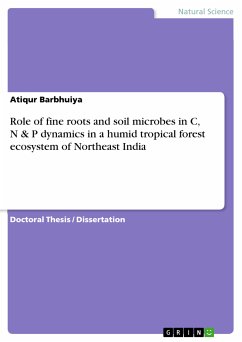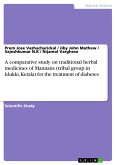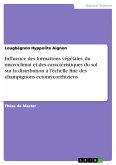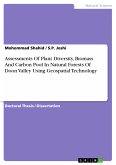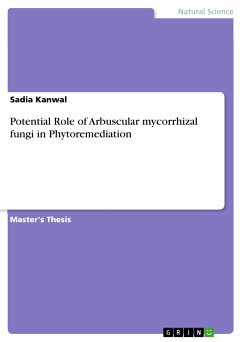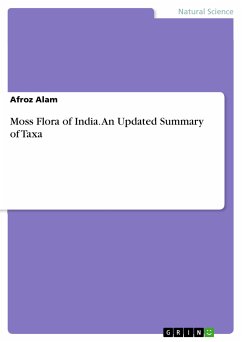Doctoral Thesis / Dissertation from the year 2006 in the subject Biology - Botany, grade: none, North-Eastern Hill University, language: English, abstract: The tropical rainforests are dense, evergreen vegetation characterized by high diversity of plant and animal species. They are one of the most fragile and complex terrestrial ecosystems on Earth, presently occupying less than 7% area of Earth’s surface in America, Southeast Asia and Africa (Richards 1952; Whitmore 1998). Within continental Asia, patches of tropical rainforests are found in Indo-China, South China and northeast India (Whitmore 1998). The tropical wet evergreen forest patches also occur in the Western Ghats of India. In northeast India, tropical rainforests are restricted to the far eastern part of the region, particularly in Tirap and Changlang districts of Arunachal Pradesh and Tinsukia and Dibrugarh districts of Assam. Although a major portion of these forests has been brought under protected area management, they are still threatened by anthropogenic activities. Tropical forests worldwide are exposed to a variety of disturbances ranging from frequent localized events to less frequent, landscape level or multiple disturbance events. Natural disturbances and concomitant recovery are integral aspects of normal ecosystem behaviour (White 1979). Human disturbances, on the other hand, differ in kind, scale, intensity and frequency and sometimes they may be more severe and extensive than the natural disturbances. Shifting cultivation and extraction of timber and NTFP’s species are major causes of disturbance in the humid tropics (Reiners 1980), which have destroyed vast tracts of the humid tropical forest ecosystem. Logging and timber removal or conversion of forest to other land uses has long-term consequences on secondary vegetation, nutrient cycles and water balance (Turner et al. 1997). Several workers have reported that removal or loss of forest cover alters physicochemical characteristics of soil (Joergensen and Raubuch 2002) and adversely affects the soil hydrological regime, microclimate, energy balance and enhances soil erodibility (Fenn et al. 1993). Input of organic matter and nutrients to soil through litter and root mass help improve nutrient availability by favourably altering the hydrology and physico-chemical and biological properties of the soil. The periodicity, extent and pattern of litter fall and litter decomposition are important in this respect (Ambasht 1985).[...]

